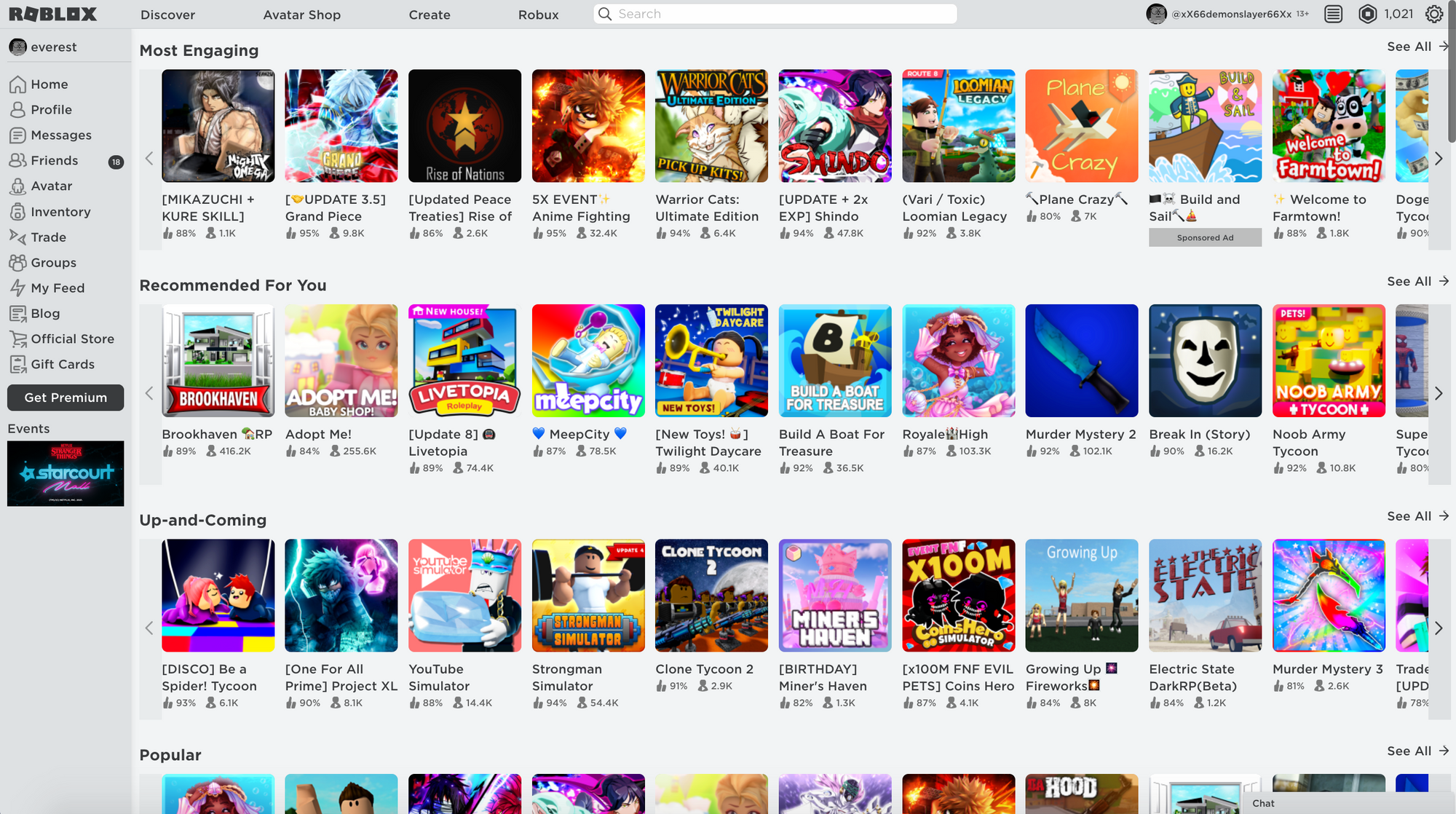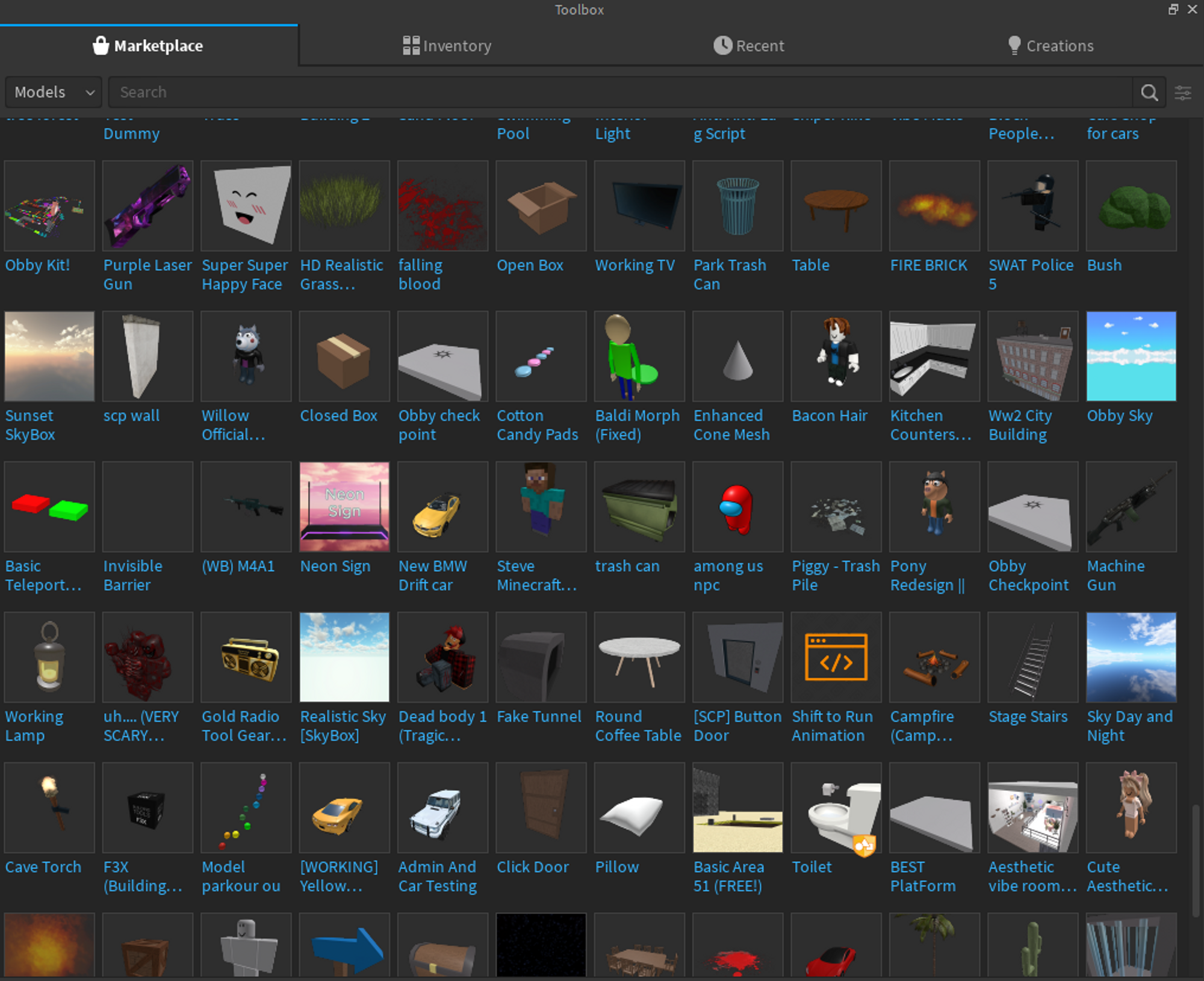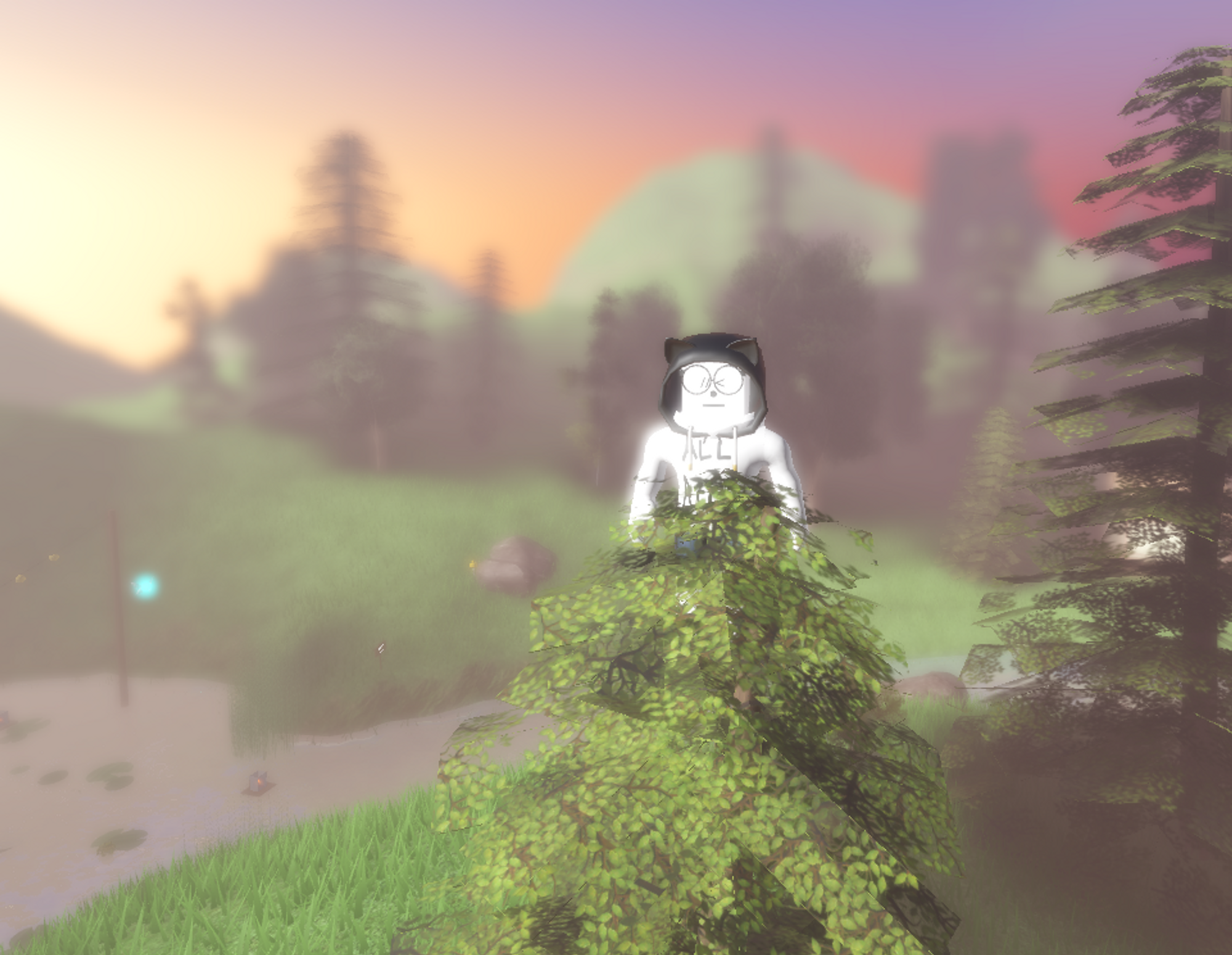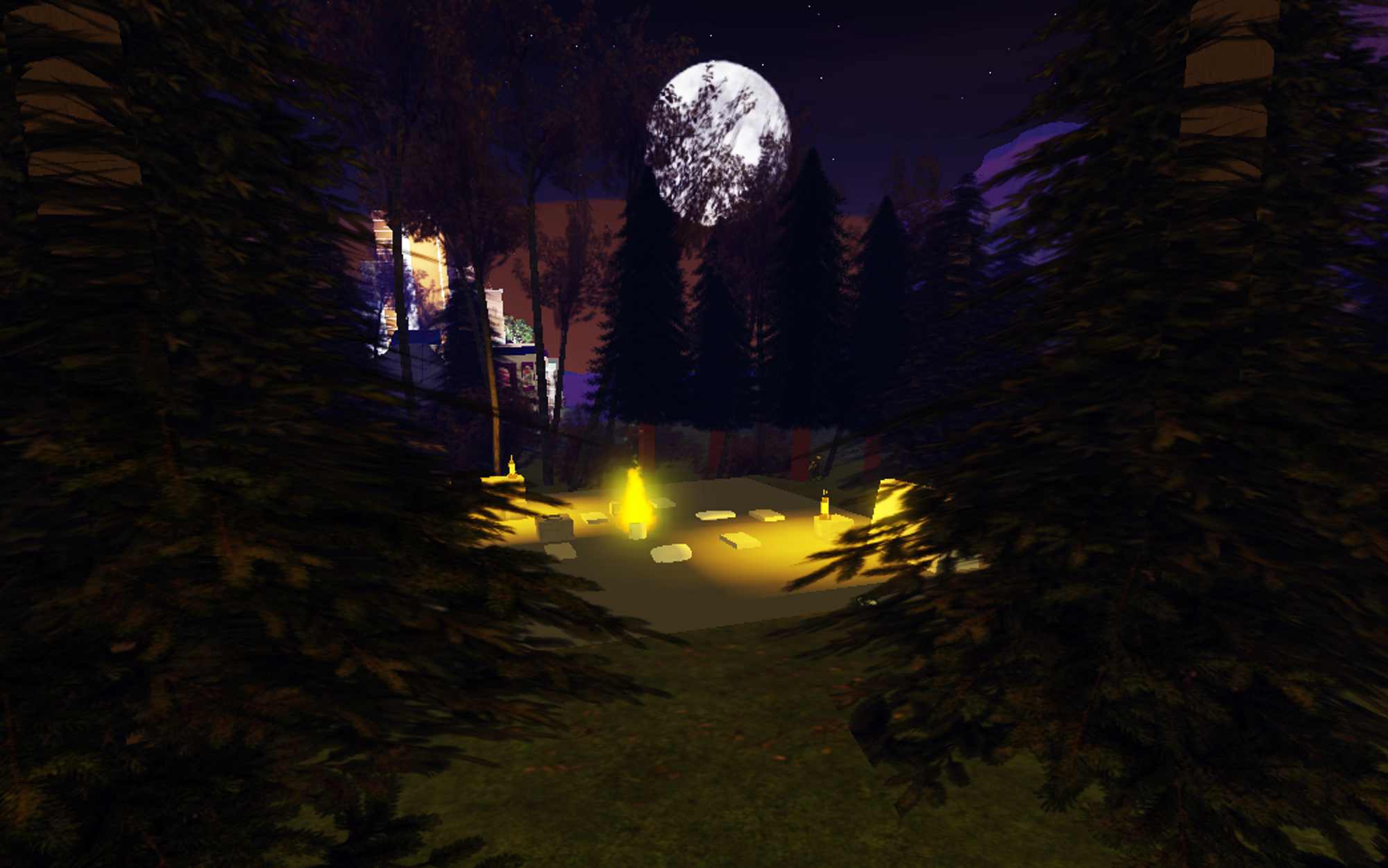I Know a Place
There was exactly one place to throw a party and it was on a poured cement slab in the middle of the woods on a clear summer night.
I grew up in a rural area on an unrelenting march to suburbia; the kind of neighborhood that has changed the “city” section of its mailing address several times over the last few decades. For the most part, my school friends and I lived in single family homes surrounded by cattle and horses, which were slowly replaced by more single family homes as lots were sold off, sometimes slowly, sometimes all at once.
Any area like this sees its fair share of teenage malcontents, who through a combination of mischief, boredom, and an underlying sense that something is being taken away (despite often being the progeny of those who once did the taking) revenge themselves on the relentless march of time by tagging mailboxes and playing music too loud while driving around the newly paved streets in Derry’s dad’s 1997 Honda Civic.
The sun isn’t yet down. Somebody has a pack of cigarettes they stole from their older sister. We swerve the car and knock over a trash can sitting at the end of a newly built, tasteful red-brick driveway. Jack, riding shotgun, laughs. Later, we will go to The Foundation.
What we called The Foundation was a housing development that had stalled out on the early side of 2007-2008’s subprime mortgage lending crisis, a bubble that subsequently caused the recession I would—a year later—graduate high school into. The development was supposed to be luxury homes, and they were an enormous jump in both size and price for the neighborhood. A developer had bought the whole top of a hill, cut lots directly into the slopes, and poured the foundations for mansions. And then they’d run out of money.
To get to The Foundation we’d walk or bike or drive to Alex’s house, walk up the side road and then duck into the low juniper and oak scrub forest, emerging finally into what was for all accounts Heaven: a series of completed roads and driveways with the poured cement footprints of dozens of houses, left abandoned and unguarded.
On a clear, warm night, we’d pick a foundation and start a little campfire going. Someone would bring their shitty guitar and noodle around a little, there’d be a dumpster-dived armchair or two, and the rest of us would sit cross-legged. We’d pass around a joint and lay back and look at the stars; I’d draw my name on the ground.
Last year I was feeling mellow and nostalgic about all this and every other cement slab I’ve temporarily called home (shout out to Pittsburgh’s buttons; the LA river; the culvert under the Mo-Pac train exchange; Galveston’s fishing jetties), and I wrote the following tweets, wishing my online social spaces felt the same:
cement slab design principles: > no paved roads, no cops > no neighbors, be loud > outside, stars > inside though kind of, house footprint > you can make a fire > you can draw on it > you can take your shoes off without getting bit by ants > built for commerce, abandoned back to the wider world > technically open to whomever, but nobody else wants to be there > sometimes you find traces of last night's party which you weren't at and maybe wasn't even your friends > bad cell reception > good acoustics
Three weeks later, I logged onto Roblox for the first time.
If you’ve never spent time in Roblox, let me try to summarize. Roblox is one of the biggest games in the world. It has 200 million monthly players, the majority of whom are children. Roblox is free to play but brims with optional micro-transactions for everything from clothes to custom avatar animations to in-game tip jars. Aesthetically it is a lush, blocky, user-design nightmare.

There is no single game that is Roblox. Instead, Roblox acts as a platform for other games (or “experiences” made of “places”) created in the Roblox Studio software, a proprietary game engine that uses the Lua programming language. 1 in 28 Roblox players is also a developer, meaning that they have made something in Roblox Studio. This comes out to roughly 7 million active Roblox developers; by comparison, there are slightly less than 3 million developers working on iOS apps.
Some Roblox games are truly huge. Adopt Me!, with 60 million players, is among the most popular games of all time (on or off Roblox), and supports a full-time studio of developers. Other games boast hundreds of thousands of concurrent players, in genres that range from obstacle course (“obby"), disaster survival roleplay, high school, and ~v i b e~.
Despite the incredible popularity of the bigger games, the majority of Roblox places sit empty. The service has been running since 2006 and has accumulated almost 7 billion places, although far fewer of these places become public-facing “experiences.” (The places are created numerically; at the time of writing this, Monday June 7th 2021, 6:27 pm CST, I made a test place which was given number 6,924,792,262). The vast majority of these worlds look quite a bit like my test place: an unedited default baseplate and spawn point, with perhaps a single object dragged in from the Roblox toolbox; 0 active, 0 favorites, 0 visits.

As you can probably tell by the fact that my teenage years overlapped with the subprime mortgage housing crisis, I am too old to have had a childhood in Roblox—although I did spend considerable time in other online social worlds like Neopets, Avidgamers, Gaia Online, and later, Second Life. Even as a kid, I was interested in the history of these places. I would spend hours reading through old forum posts, looking at discarded roleplaying threads, finding unlinked pages and trying to break into accounts with lost logins; excavating the strata of what had been, while more was happening all around me.
Even now, being online is to watch history accumulate in real time. Every timeline suggests a timeline of yesterday, or of the day before yesterday, all stacked in layers and stored neatly in a server farm somewhere until that particular service collapses under the weight, subjecting internet historians to a panicked flurry of attempted archival activity before all records disappear into screenshots and fuzzy memories.
It was the artist and game developer V Buckenham who first suggested I might be interested in Roblox. We made accounts (I later learned that changing your username is in itself a microtransaction, so, too proud to pay, I am still stuck with the hastily picked name “xX66demonslayer66Xx”) and poked around a few worlds.
In one of the very first games we played together (a work-in-progress safari game, the link to which I have since lost), V became a zebra, and I was a lioness. We ran around a broad plain populated by other animals, trees in the distance, low clouds overhead, and the buzzing of insects on a 2-minute loop. The chat was full of messages from prey to prey, predator to predator. V was almost immediately killed by a cheetah who then got in the chat to say, “Overyone come to pr,” “theres meat.” Summoned, I did so, and as I ate the still-living digital body of my friend in the company of a stranger in the shape of a wild dog, I thought, “Oh. This is special.”

Soon after, I decided to have my pandemic birthday party in Roblox—a common enough use case that there is an entire section of the Roblox Wikipedia entry about it. I figured I’d download Roblox Studio, make a nice little spot to sit in, and then invite my friends to drop through over the course of a few hours to hang out and chat.
Roblox Studio is a remarkable piece of software. At first blush it looks like a simplified, friendly version of a game engine like Unity or Unreal, complete with a visual 3D world with drag ’n’ drop editing and a sidebar that lists everything in the world with their properties. There are a few templates you can start with, including “baseplate,” a flat slab that stretches in all directions from a player spawn point. It is fairly intuitive to begin placing 3D shapes (“parts”) in the world. Roblox directly takes inspiration from Legos, and this influence is clear.
There are some fundamental distinctions between the Roblox editor and other game engines, however. For one, Roblox Studio is networked. Though you can save your project onto your hard drive, you can also work entirely on the Roblox servers, pushing changes to the game as you go—meaning that you could work on a project on, say, a library computer after school. The studio also comes with a series of pre-built components which handle everything from joint interactions to the number of stars in the sky, little-to-no scripting required. And importantly, Roblox imposes a set of world conventions that are difficult to modify. It handles multiplayer interaction, chat moderation (for better or worse), game UI, server fill, avatar management, and the million other tiny details that make building a multiplayer game extremely difficult, even for people like me with years of games programming experience.
But perhaps the most interesting thing about Roblox Studio is the Toolbox. Other game engines have assets stores, but none of them feel like this: a rollicking, copyright-fucked, messy, virus-filled, unsortable pile of labor and of love.

The Toolbox is a public repository of models, images, audio, skyboxes, meshes, and scripts that have been uploaded (and reuploaded) to the platform over its 15 years of existence. Some of these assets come from the Roblox corporation itself, but many, many more have been made by the player-developers who fill the system.
They range from the generic to the hyper-specific, as wide-ranging as an audio clip of a child yelling “NO!! I’ve DIED!!” to a Disney-be-damned model of Mickey Mouse with his ears replaced by sunflowers.
Because these assets get downloaded and reuploaded over and over, you can trace the history of a single model—say, a tree with an empty script attached containing the username of a now-deleted account and the year 2008—and its hundreds of progeny, the same tree model re-added to the Toolbox with some key detail changed: bark texture switched; leaves made more realistic; a swaying motion added; the color of the leaves now distinctly autumn; the sound of birdsong placed among them; a whole forest of the same tree, stretched and skewed and rotated into uniqueness, which, once imported, you can walk among.
When using the Toolbox, it is considered good practice to search your imported assets for suspicious attached scripts. Although the Roblox editor is an isolated environment and it would be almost impossible to damage your computer with a Toolbox “virus,” they exist socially: causing slowdown, attempting to trick players out of “Robux” (Roblox’s microtransaction currency), or simply duplicating themselves across objects in the world, generally with the phrase “YOU GOT HACKED!!”
This is what comes with dumpster-diving your assets; these hostile scripts are the bedbugs of the asset store world.
Anyway. I was planning a birthday party, and there was one place I wanted to hold it.
I built the cement slab in the woods at night. From the Toolbox I dragged in trees and a little flickering lantern. I placed seats around a particle-effect fire burning in a metal barrel. I found a “marshmallow giver” in the Toolbox and put that on the edge of the slab so you could go grab a marshmallow on a stick, the eating of which triggered a “yum yum yum!” audio sample. I put the sound of cicadas in the trees, and the sound of a highway in the distance. I made the moon huge in the sky, and the stars bright. I sat by the fire and ate a few marshmallows and realized that this was ridiculous.

I didn’t need to build the cement slab because each Roblox place is a cement slab.
The baseplate, the dumpster diving in the Toolbox, the lovingly cobbled together stars, trees, fire, all arranged out of someone else’s discards; the superimposed rules and interactions; the eye of moderation, turned away; even the casual nature of dropping into a public-yet-ignored world. These conditions recreated the rules of the cement slab without needing to literally be a cement slab.
I thought about my favorite memories of parties in online spaces, which were always baroque affairs held in some out-of-bounds area—say, clipped through the floor in World of Warcraft with the inside-out meshes forming an impossible architecture as we spammed the dance emote. How these were also cement slabs, in a way: no cops, be loud; outside, stars; inside, house footprint; you can take your shoes off without getting bit by ants.
I generated a cave system and filled it with little secrets, knowing the best place to hang out is somewhere you discover yourself. I built an underwater lake with floating lanterns and a dance floor covered in slowly rotating planets. I built a group of satellite dishes with red blinking lights looking out at the horizon. I made a spiral staircase stretching into the sky with a tiny little cabin at the very top. Then I found some dragons and horses and a rollercoaster and a trampoline and a ferris wheel and a jetpack and 50 kinds of hats and added them in for good measure, because it was a party.
This all still sits there, now well after the celebration—a world built for one purpose, temporarily filled and now waiting indefinitely to be stumbled on again. Which makes it just like the vast majority of the billions of Roblox places.
After the birthday party, I kept building more worlds in Roblox. I was fascinated by the gestural nature of the tool and the sometimes-horrid but always-compelling social nature of the platform. I began work on a dream diary, composed of dozens of small experimental games, each made very quickly. Doing so, I found a material joy in pushing the engine to the far edges of its aesthetic constraints.
But the things I am making in Roblox are not what are unique or compelling about Roblox, and the same could be said for most of the big games that populate the platform’s front page. Instead, what is so special here are the millions of bizarre little worlds, all networked together and waiting (mostly empty, sometimes for over a decade) to be dropped into and explored with friends.
Since watching my friend’s zebra body be stripped of low-poly flesh, I’ve spent hundreds of hours visiting these kinds of Roblox worlds. Sometimes V (the aforementioned zebra) and I stream our explorations under the name “ROBLOX FROM THE DEPTHS: deep-cut, experimental, and abandoned worlds,” but even the act of streaming asks for a certain amount of entertainment for an audience—they have to at least be colorful, unexpected, or weird.
But when I explore alone, late at night, even the pursuit of entertainment gets to fall away.
Alone, I can be interested in the material of the ground, the paucity of construction, how little is needed to make a place that is yours, and by how quickly these worlds are built, explored, and then forgotten. How even the most hastily made place still waits there, sleeping. These worlds say so much about the default capacities and tools of the Roblox editor—the assets that get reused over and over again; the kinds of spaces that are valuable or loved; what is needed, and what meets that need.
To stand in these places is to stand in a place where desire was met. Where for a moment, something that was yours was carved out of the ugly body of online corporate games culture. Like building a fort in the woods between the highway and the mall.
In The Poetics of Space, Gaston Bachelard writes about the phenomenology of roundness, describing completeness as a being that circles in on itself, becoming a self-contained world smoothed by its own poetic gravity. He says of birds, “The round cry of the round being makes the sky round like a cupola. And in this rounded landscape, everything seems to be in repose. The round being propagates its roundness, together with the calm of all roundness.”
Standing late at night in an empty Roblox world, surrounded by the curtain of the skybox, anchored on my own island with the door still open—I have never been anywhere rounder.

I’m far from the only person to suddenly become interested in Roblox this year. In the past 12 months I’ve heard the refrain “why does the games industry ignore one of the biggest games in the world?” more times than I can count. Even among “indie developers,” myself included, heads have turned. Marigold Bartlett (Wayward Strand, Freeplay Festival) has written about Roblox games, and Terry Cavanagh (Dicey Dungeons, VVVVVV) has published two games on the platform in the last few months.
This break into mainstream consciousness is partly due to the pandemic, partly due to a series of high-profile in-game events, and indeed partly due to a bunch of developers realizing they should not ignore one of the biggest games in the world. It also comes at a time when many people who grew up playing Roblox are now forming games studios themselves, both on and off the platform.
But in truth, much of this outside interest has come out of Roblox’s public valuation.
Roblox went public in March of this year to a $45 billion dollar valuation, which was significantly higher than expected. The company has also held 9 venture capital funding rounds for a total of $855.7 million, the last of which was $520 million in January of this year.
Investors in Roblox believe in—or at least talk about—the promise of the “metaverse,” a connected, persistent social digital space where your digital belongings can have a material reality. Although the metaverse is not yet (and may never be) extant, in Roblox you can buy and sell avatar cosmetics and game perks with Robux, Roblox’s internal currency. Robux is purchased at about 1 Robux to $0.01 USD, and is the only payment accepted on the platform.
As a developer, you can monetize your own games in a variety of ways, from the above-board (tip jars! cosmetics!) to the scammy. Developers earn 70% of Robux spent in their games, which is a pretty standard cut for an app store/developer split. However, getting USD back out of Robux is a different story. The payout exchange rate drops to $0.0035 USD per 1 Robux, meaning the takeaway in real world currency is roughly 24.5% of any in-game commerce—a brutally extractive exchange rate.
This means that developers are highly incentivized to keep Robux inside the platform. Despite the millions of people making games on the platform, only 3,300 of them were paid out in USD last year—and only 1,250 of those made more than $10,000. There are individuals and studios that work full-time on Roblox, but they are exceedingly rare; the vast majority of developers make no actual money at all.
Despite the monetary system being heavily stacked in Roblox’s favor, the Roblox corporation has never turned a profit. Much like other VC-funded startups, it continues to operate at a small loss while being floated by the speculative funders who believe in its future potential to be profitable, whether that be through the ever-elusive metaverse or something more banal, like signup fees.
To their credit, the creators and employees of Roblox do seem legitimately interested in facilitating not just the flow of Robux out of the hands of players, but also those players’ capacity to build and construct worlds. Just like the games, Roblox Studio is free to use, and unlike similar platforms like Second Life (which charges rent for virtual land and will summarily delete anything on it if the rent goes unpaid), the Roblox corporation seems happy to go on hosting places until the money runs out.
But if the money runs out, what then? How long does a cement slab in the woods at night (with 0 visits, 0 players, 0 favorites) stay online? If it disappears, would anyone notice? Would anyone care? Would I find somewhere else to stand at three in the morning and feel the roundness of the world?
I can’t tell you what is going to happen to the billion worlds of Roblox, how much they cost to store, when that will become a liability rather than a resource, and if that switch will ever flip. I can’t say if it is fair to apply the Second Life model, or the more general fate of VC-funded startups that have consistently turned a loss, growing wildly until they collapse entirely (sometimes leaving decimated public services in their wake). I don’t know if Roblox has a plan for these spaces, or what the future will bring.

I can tell you what happened to The Foundation, though: they built the houses. It took them a few years to raise the money or for the property to change hands or to get a tax break or whatever it takes for real estate deals to get made, but it was made.
They’re huge. They built them cheap and ugly, maybe cheaper and uglier than they were going to before—but maybe this was always the plan, who can say. They sit on green, grassy lots with scattered trees. Someone now makes breakfast in a kitchen where I was first dared to kiss Sara, on the lips. A family watches a movie where we threw bottle rockets into a campfire, screaming in laughter. Probably on a clear night you can get an okay view of the stars, even with all the new light pollution.
There is no sign we were ever there; our presence was scrubbed away well before the lots became Trulio listings. That summer lives on only through the fog of my fondness. The woods themselves are now lawn.
But even so, on one of those cement slabs—now under several layers of paint, adhesive, and tasteful Saltillo tiles—I wrote my name. ♦
Subscribe to Broadcast